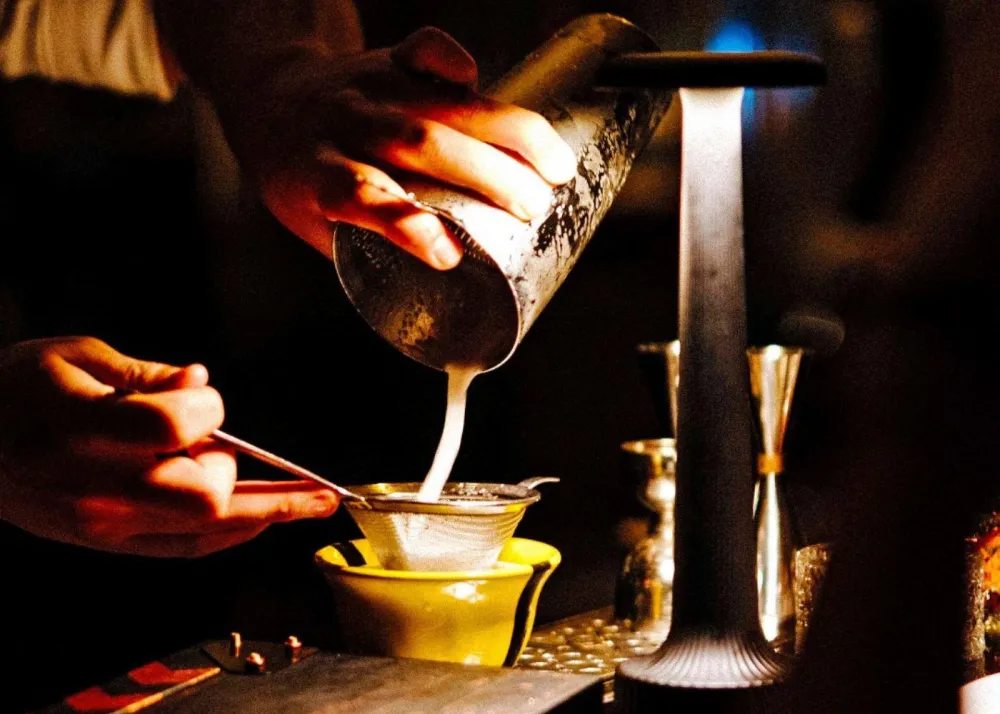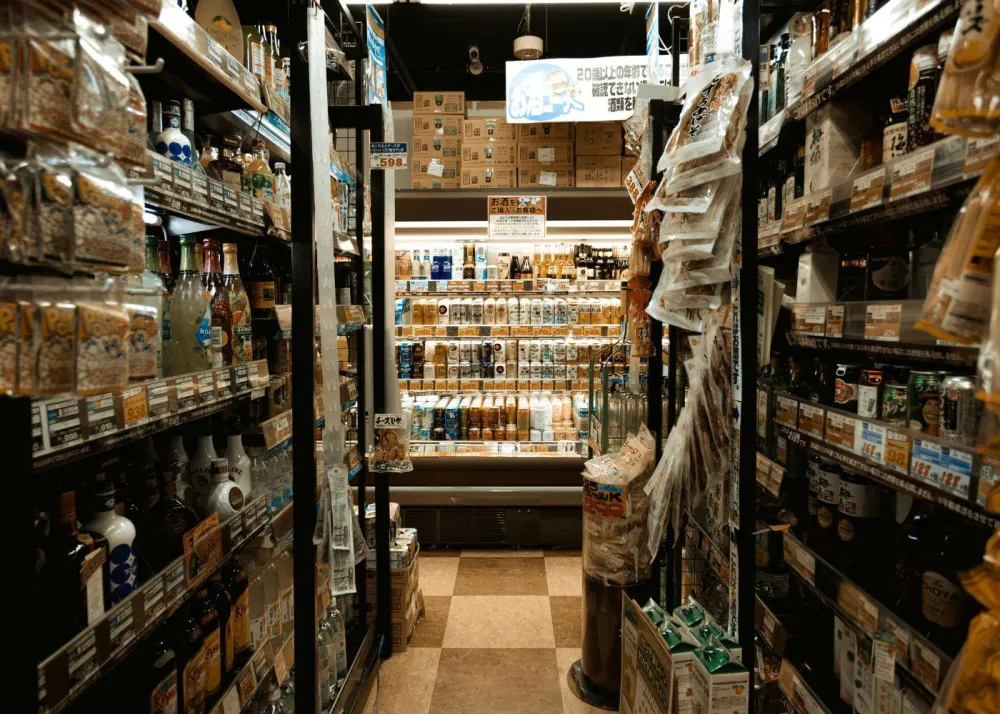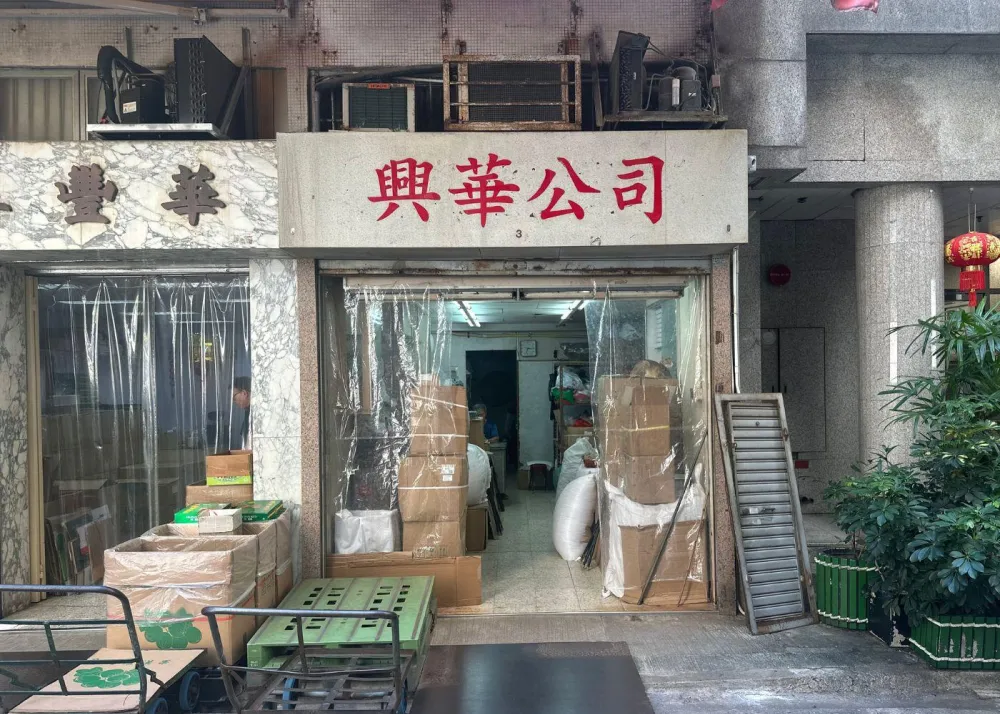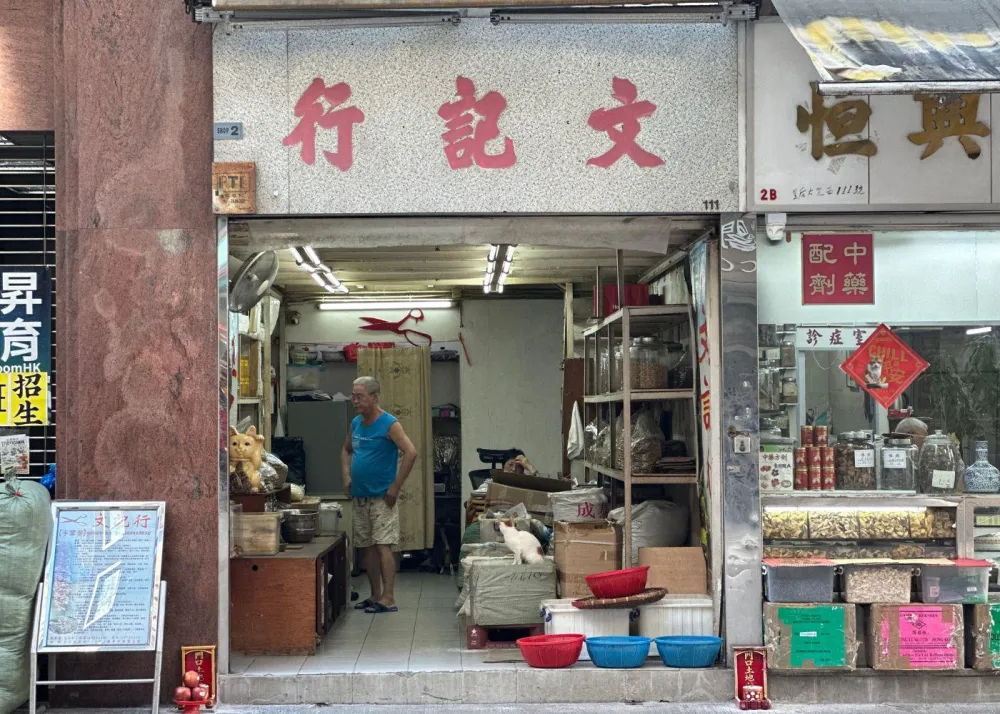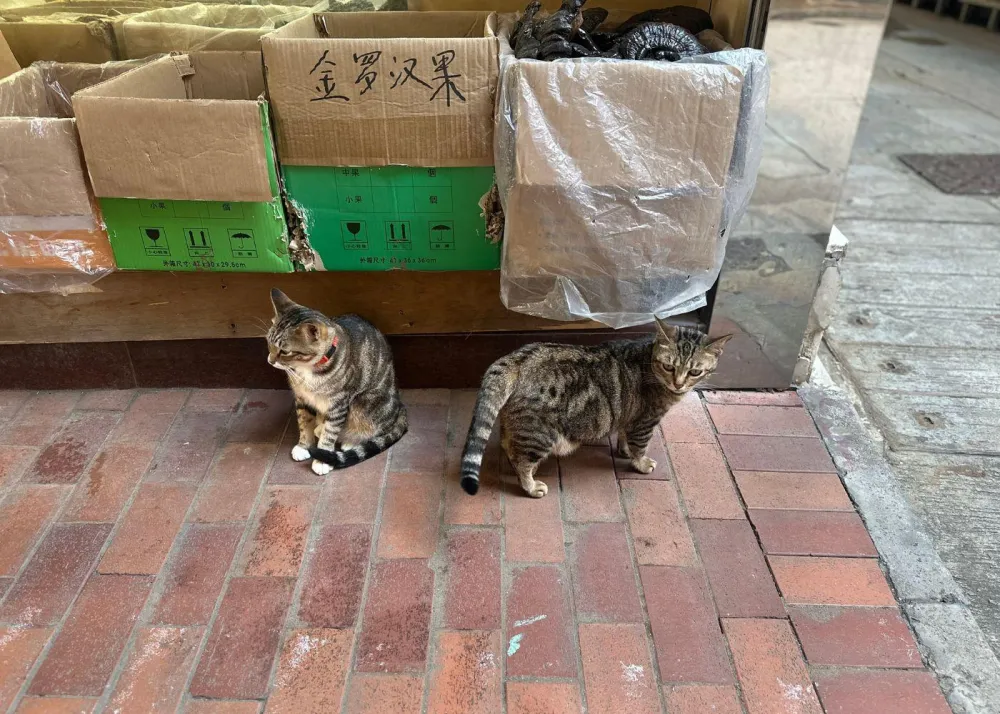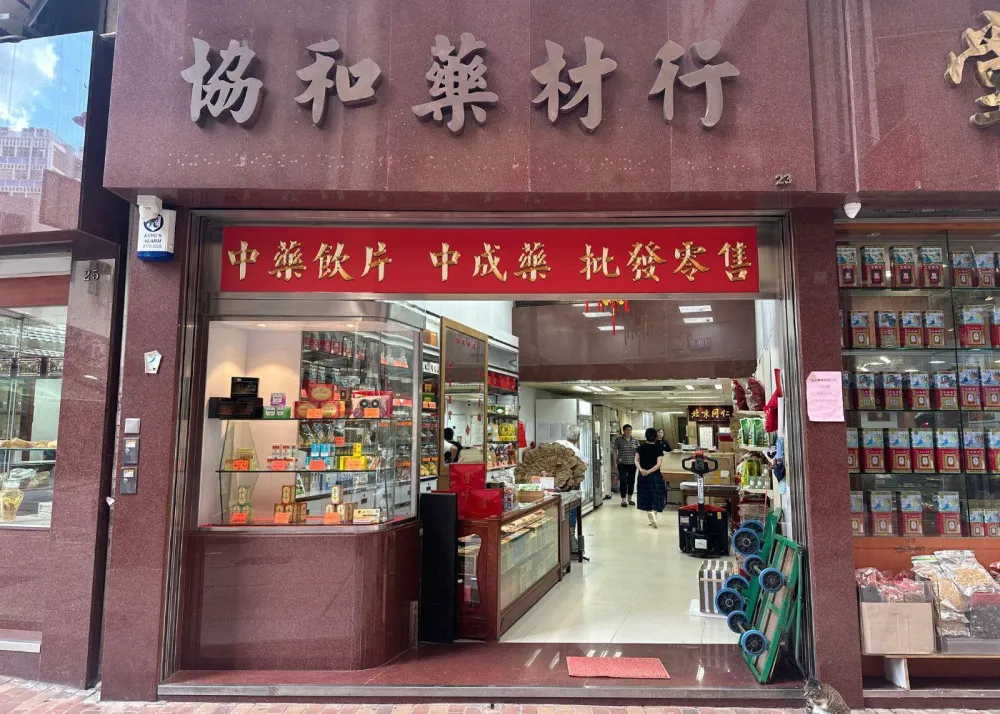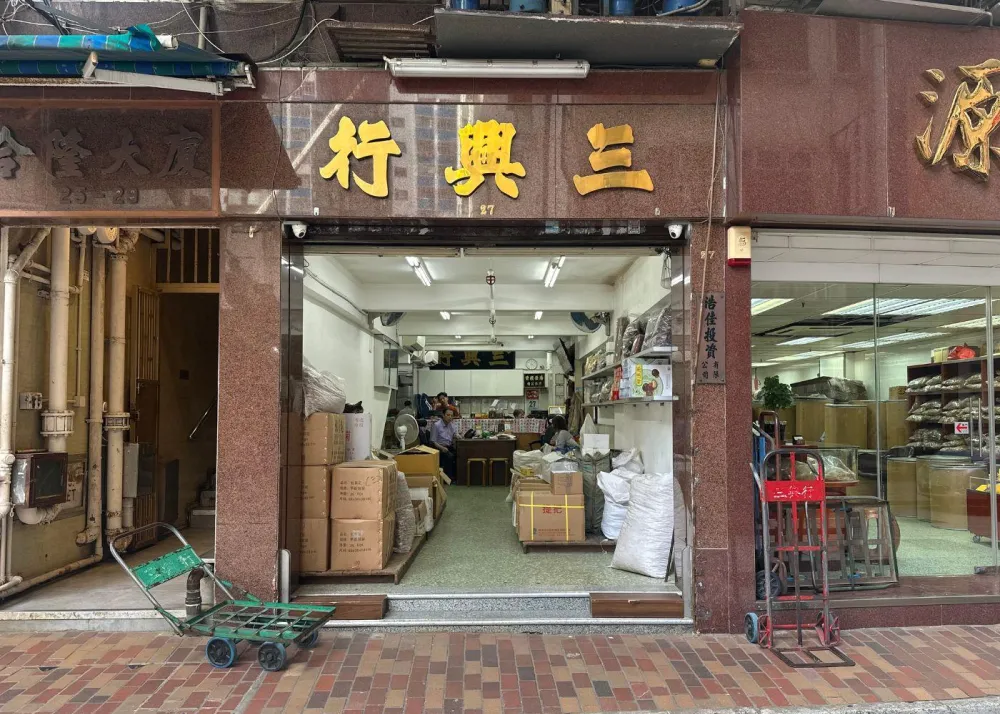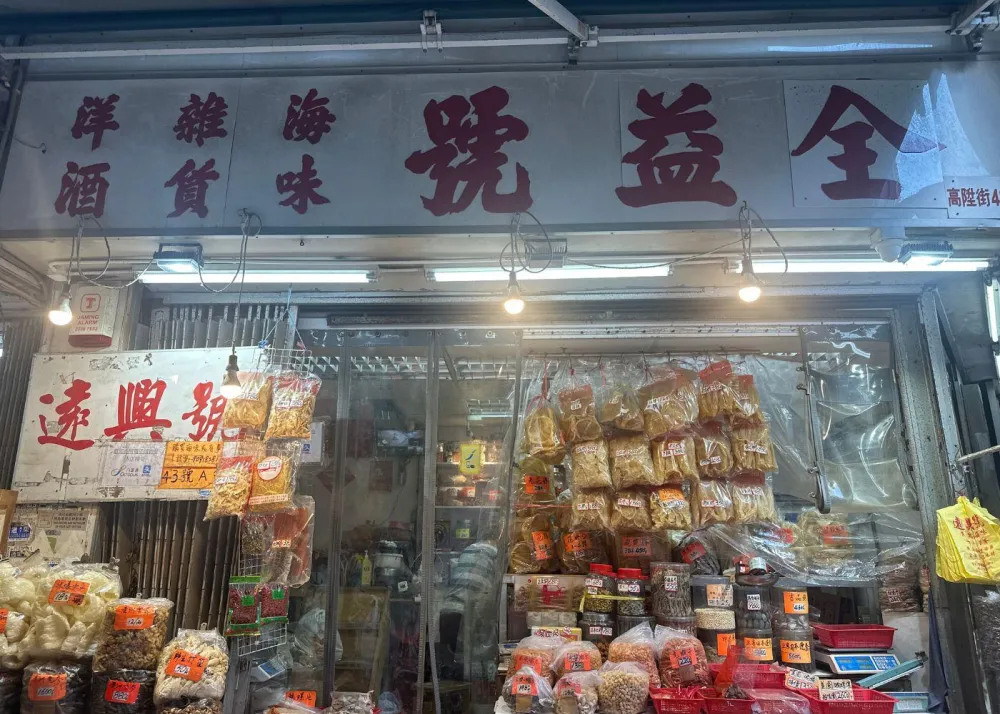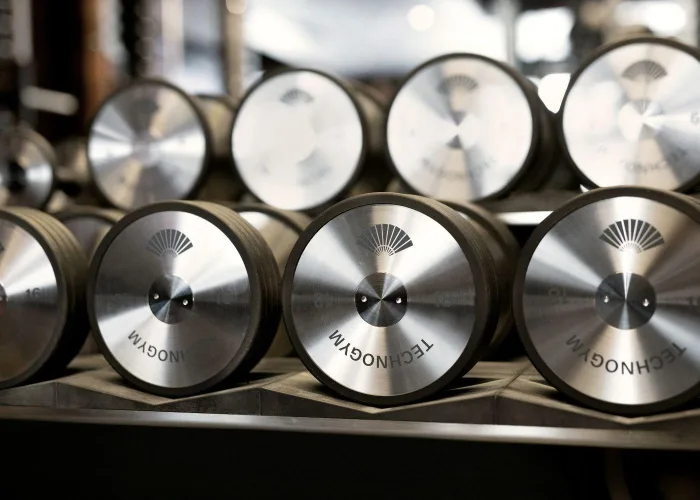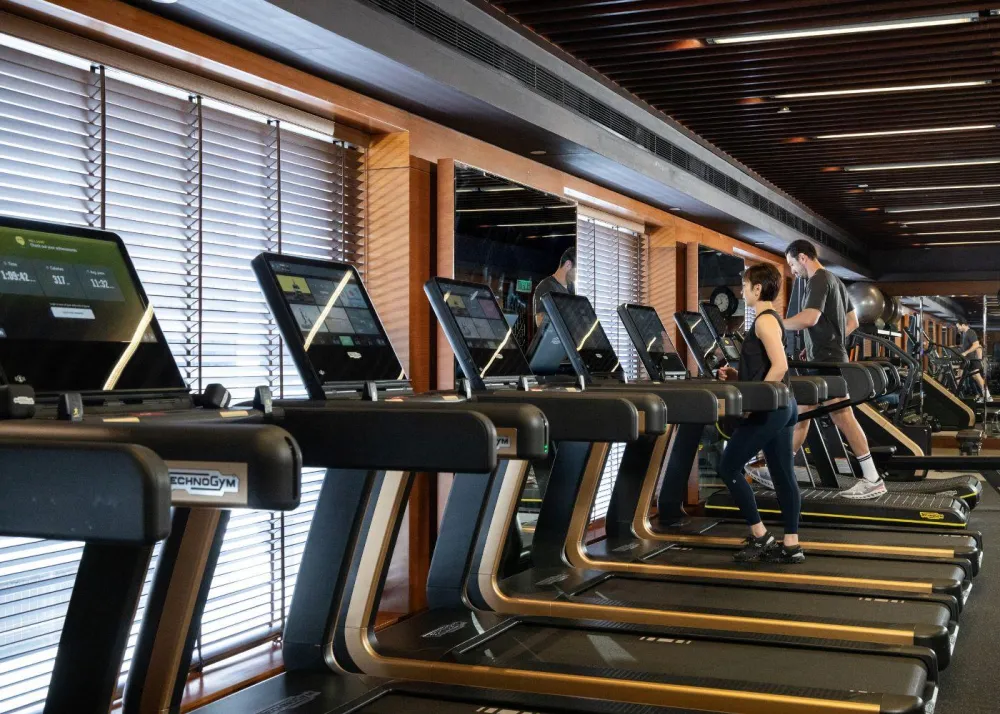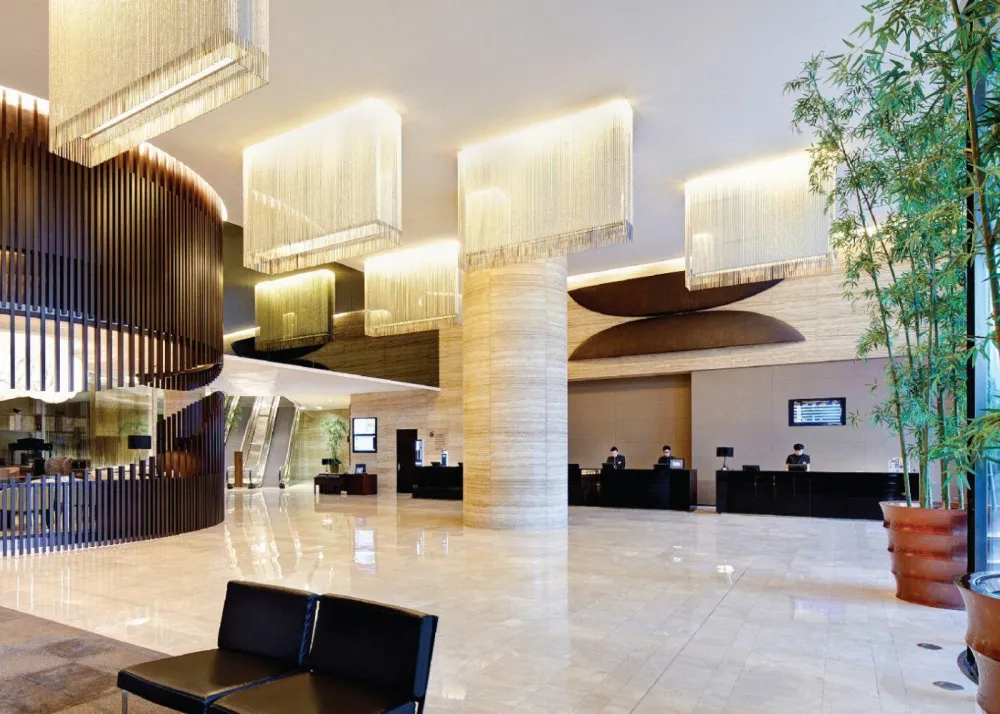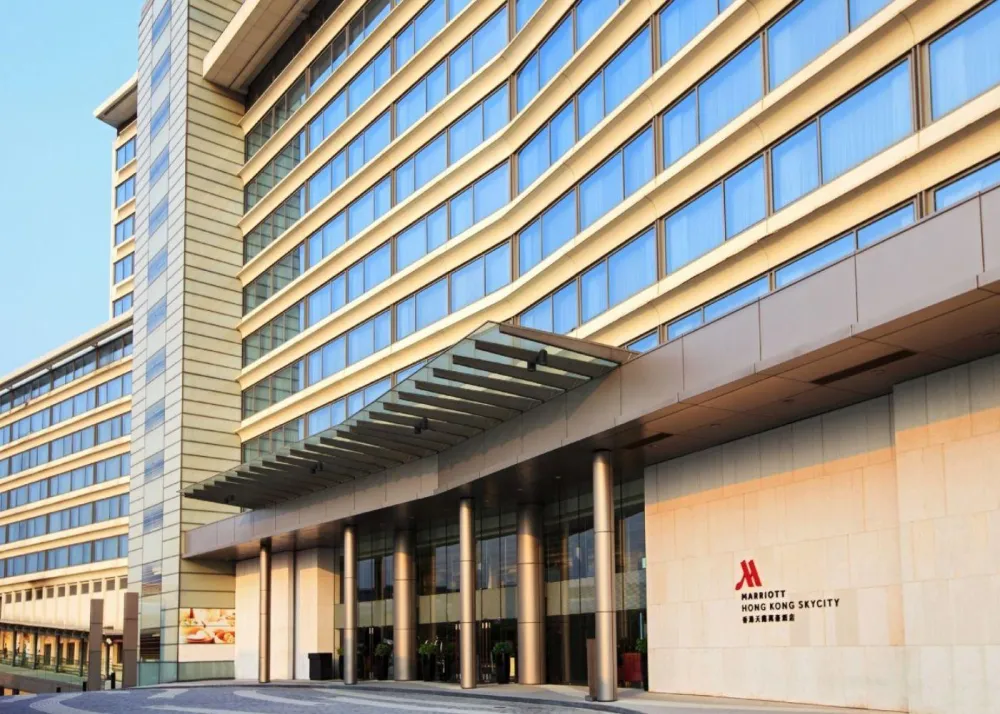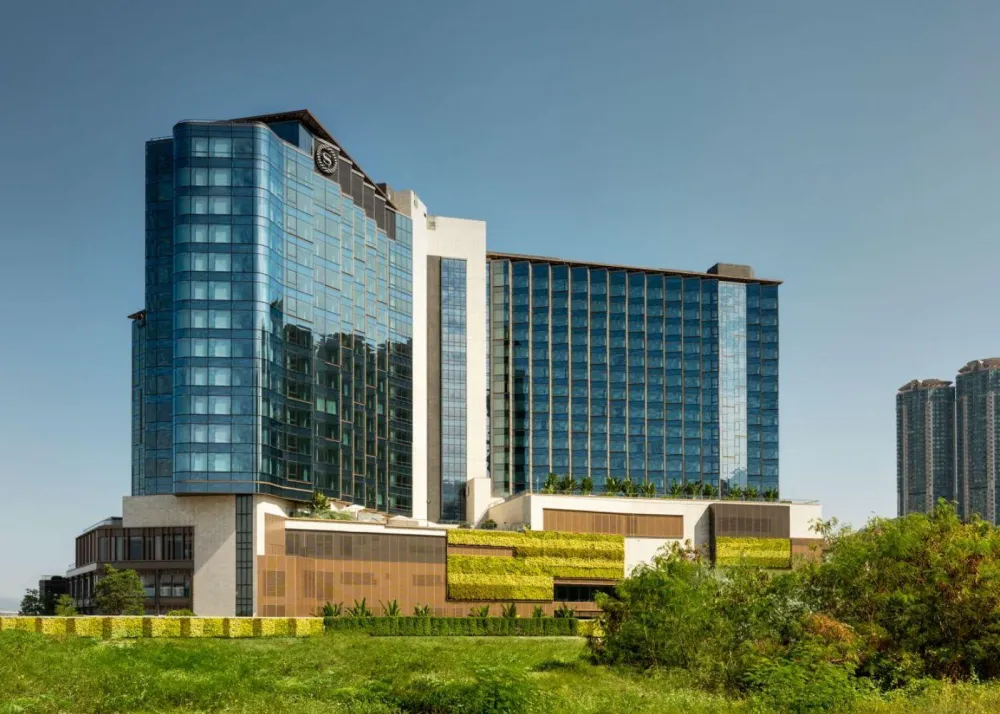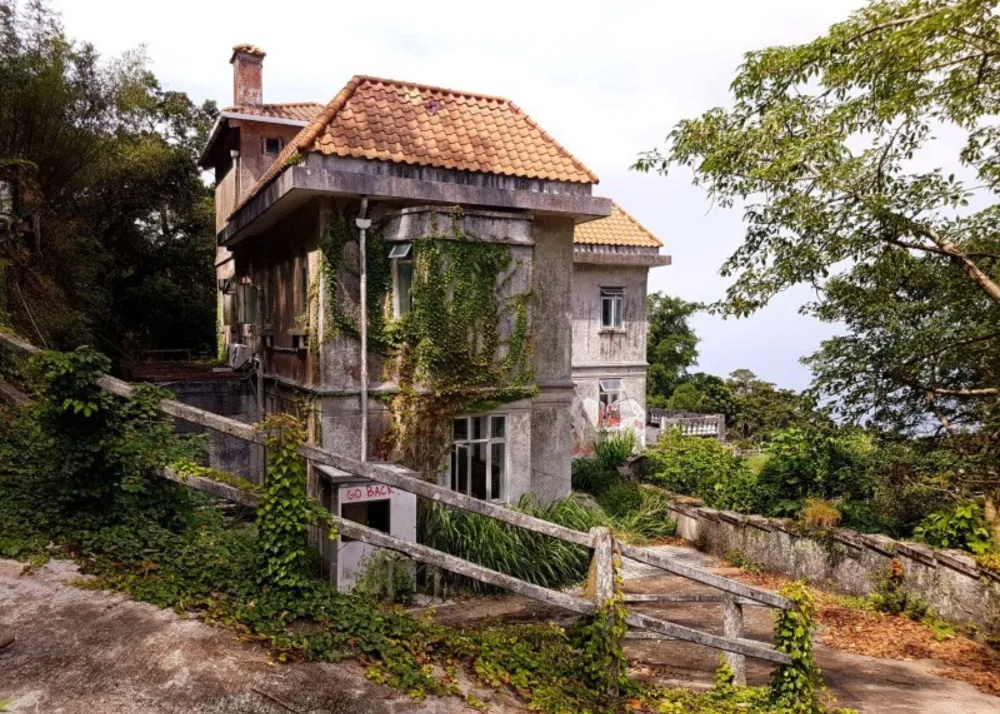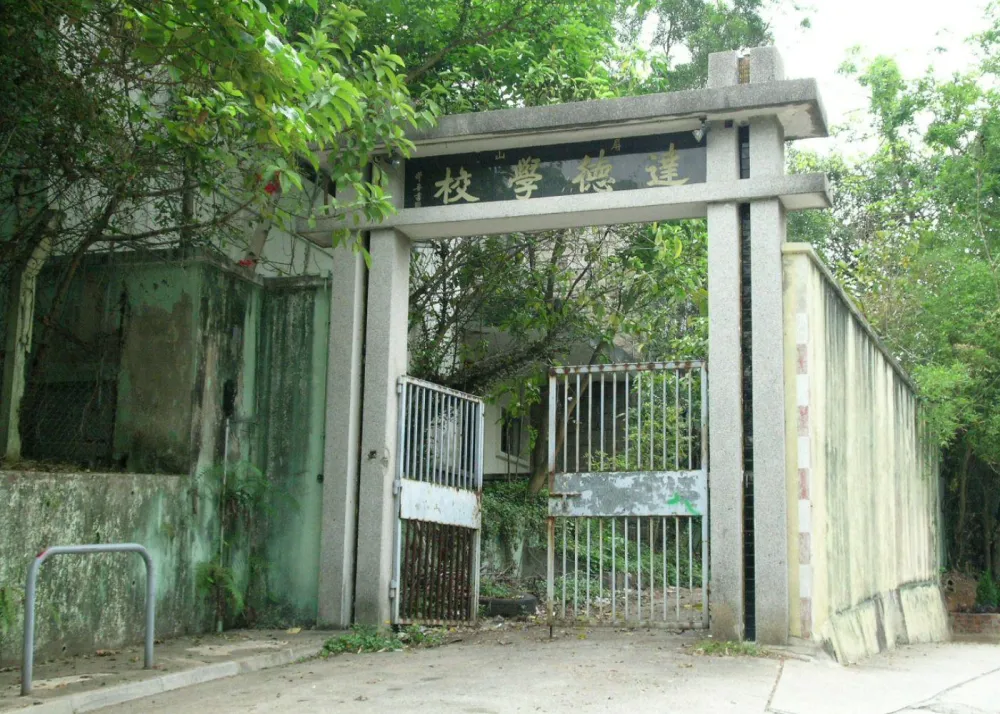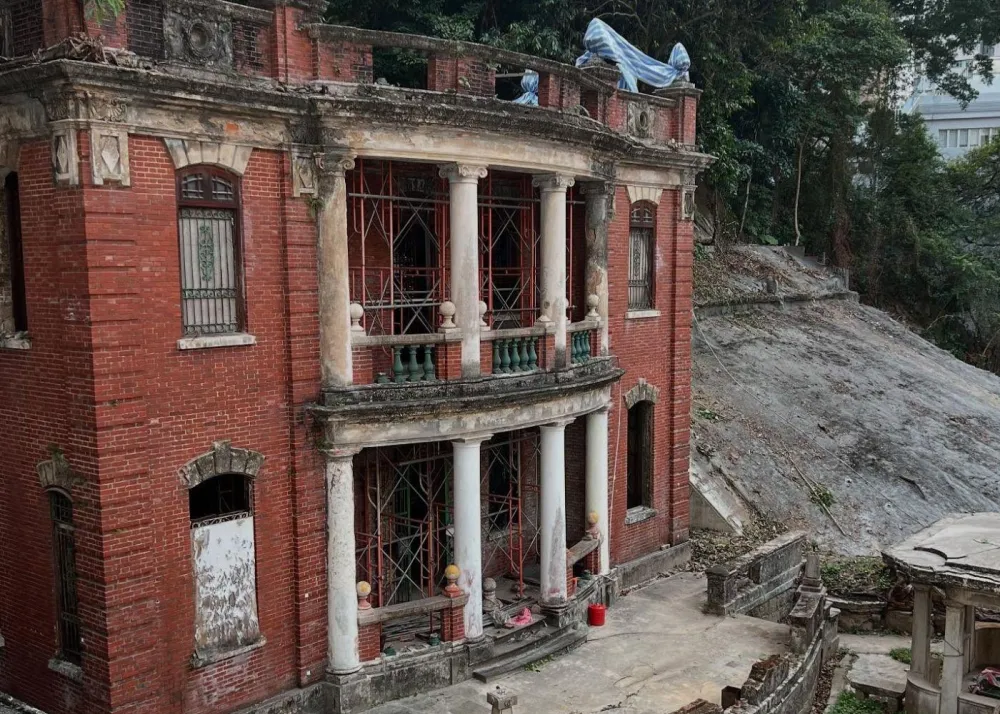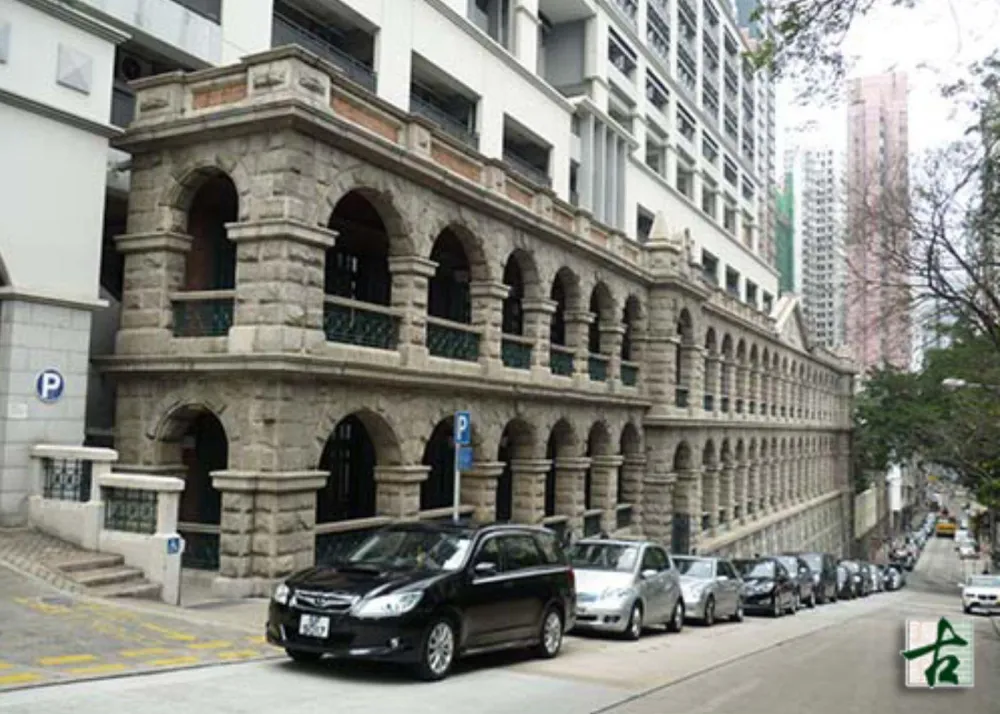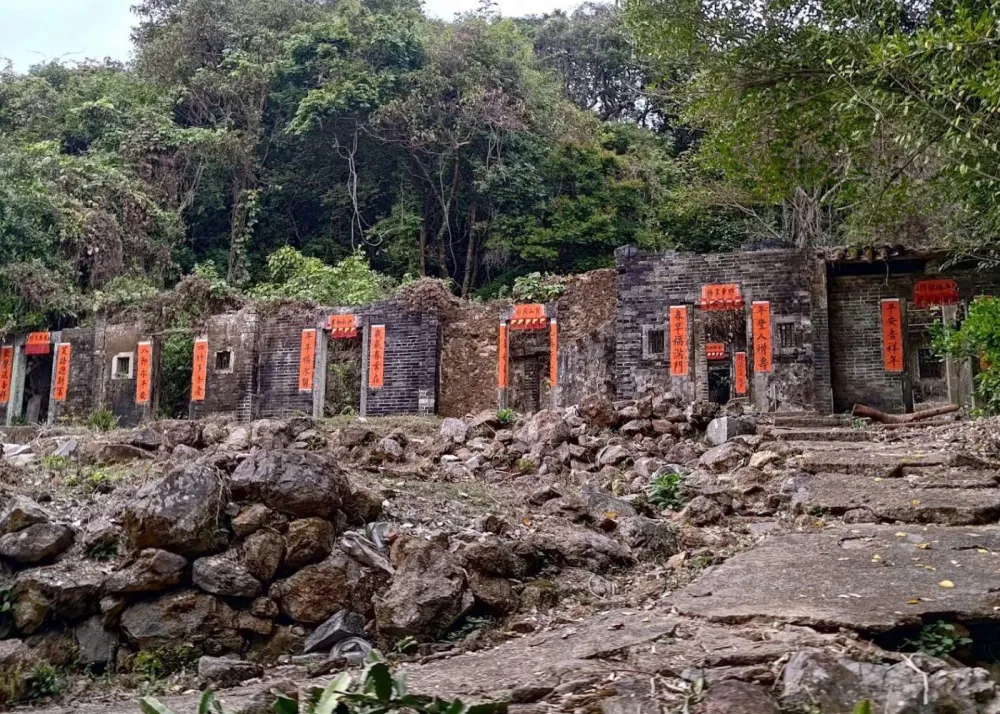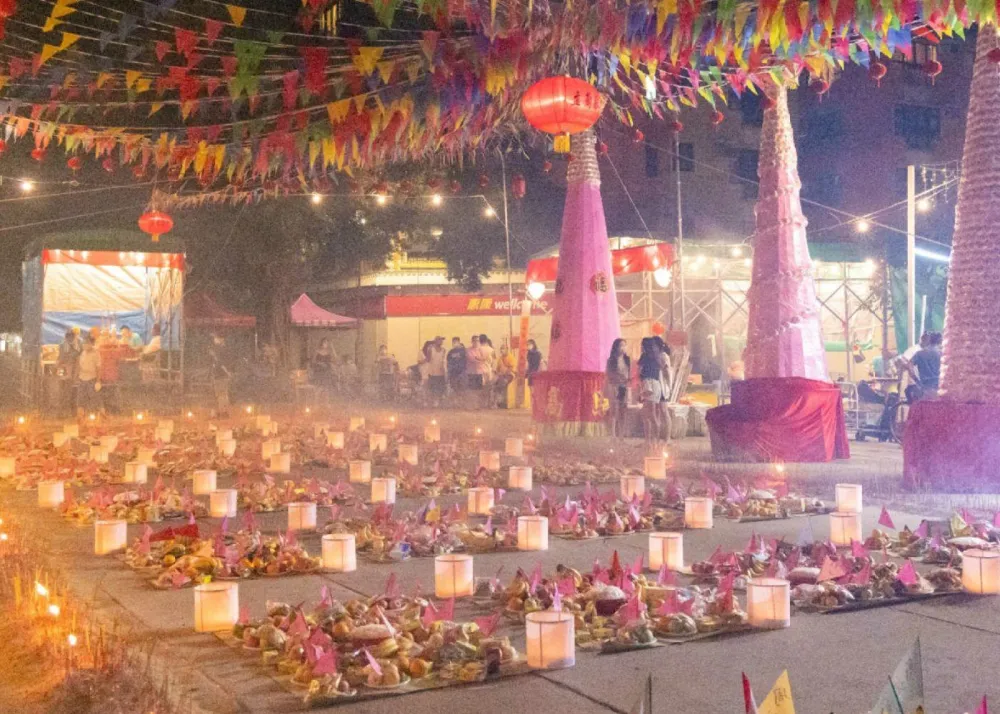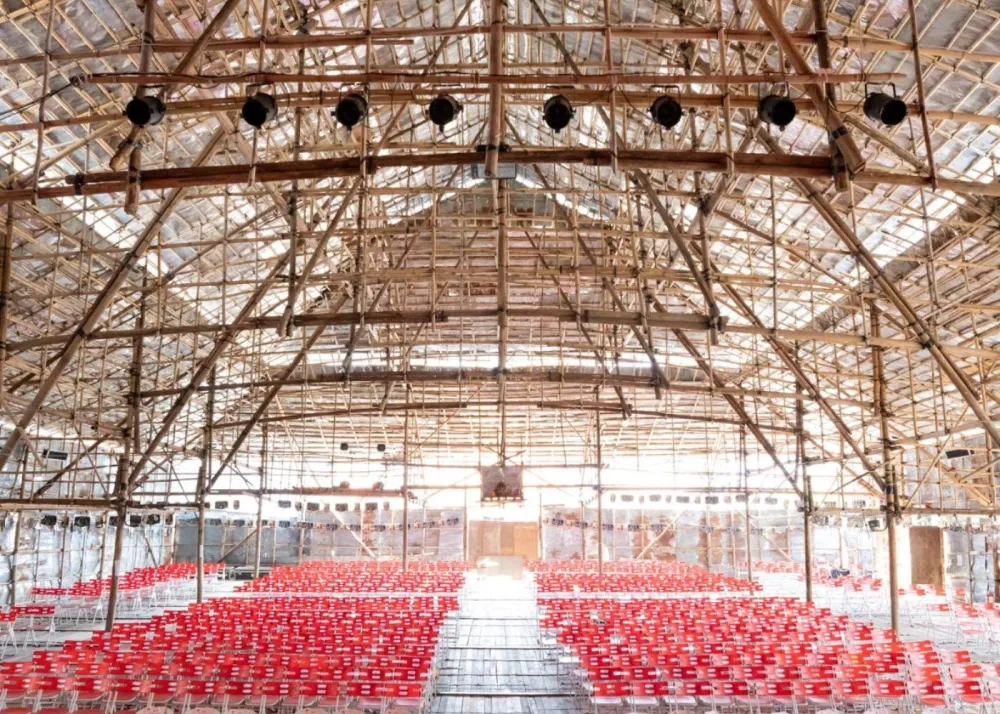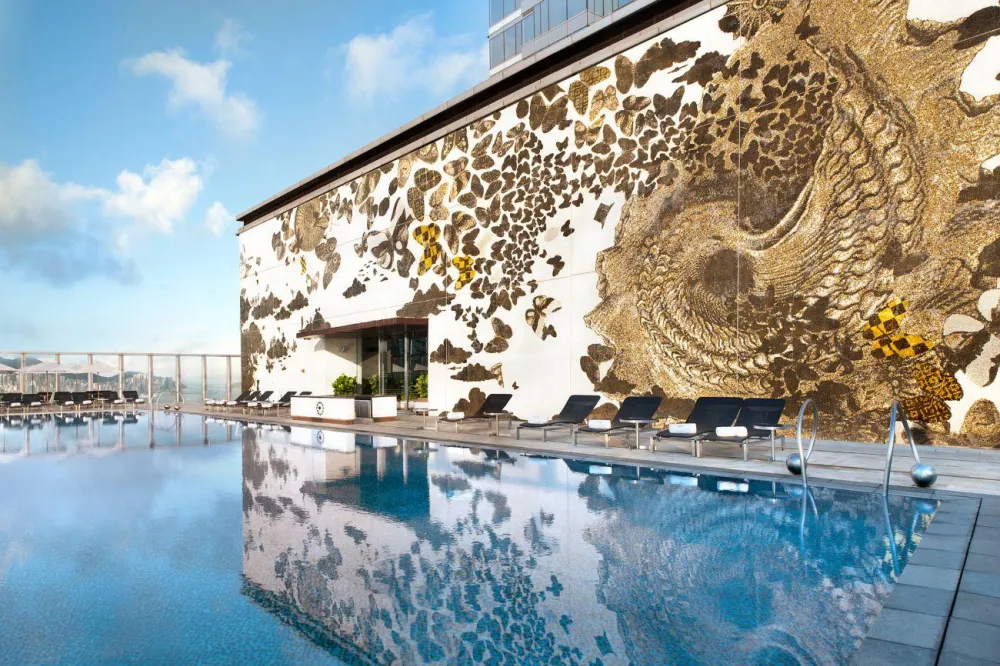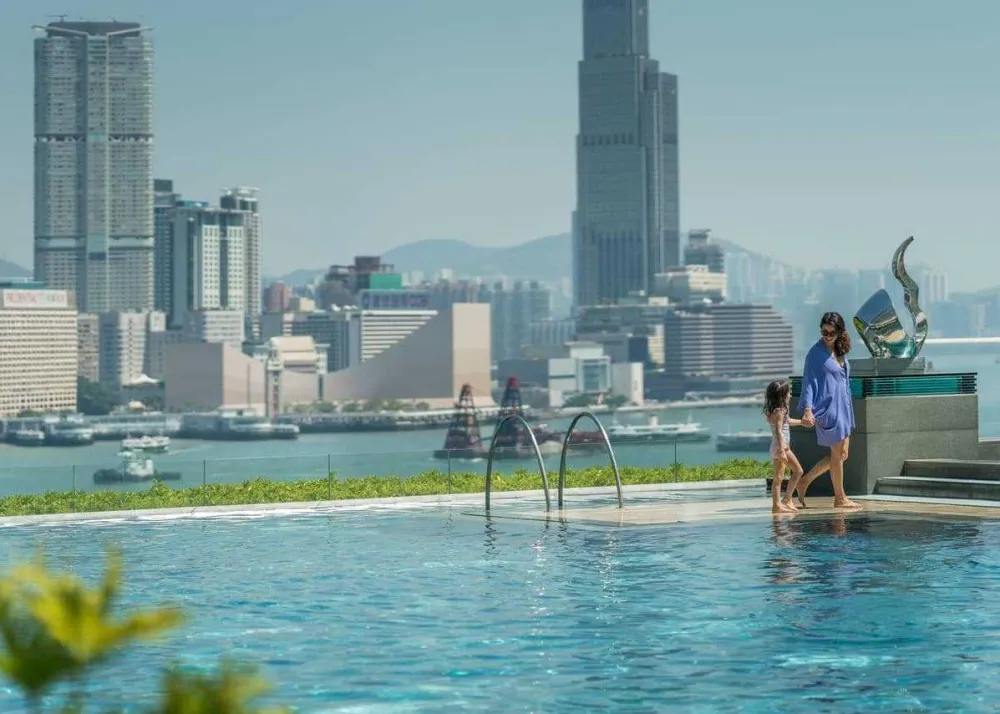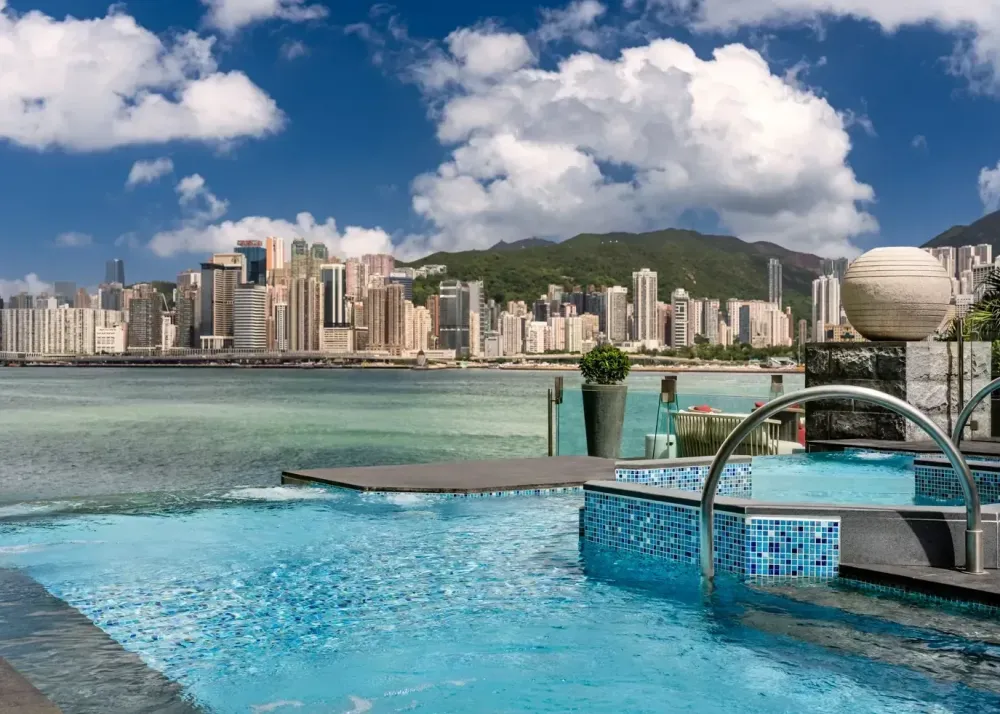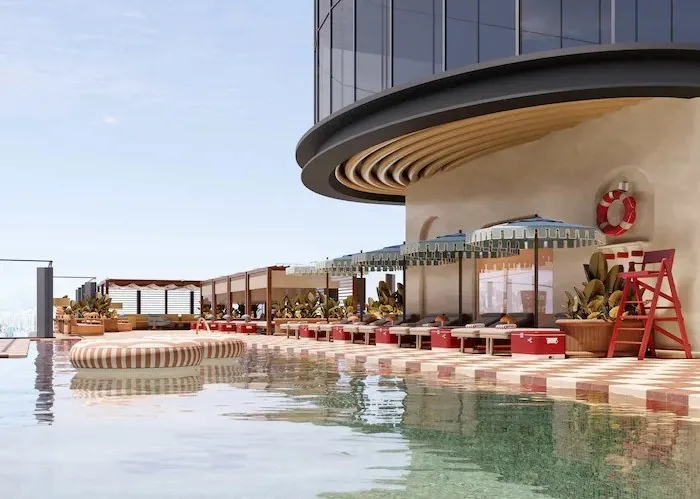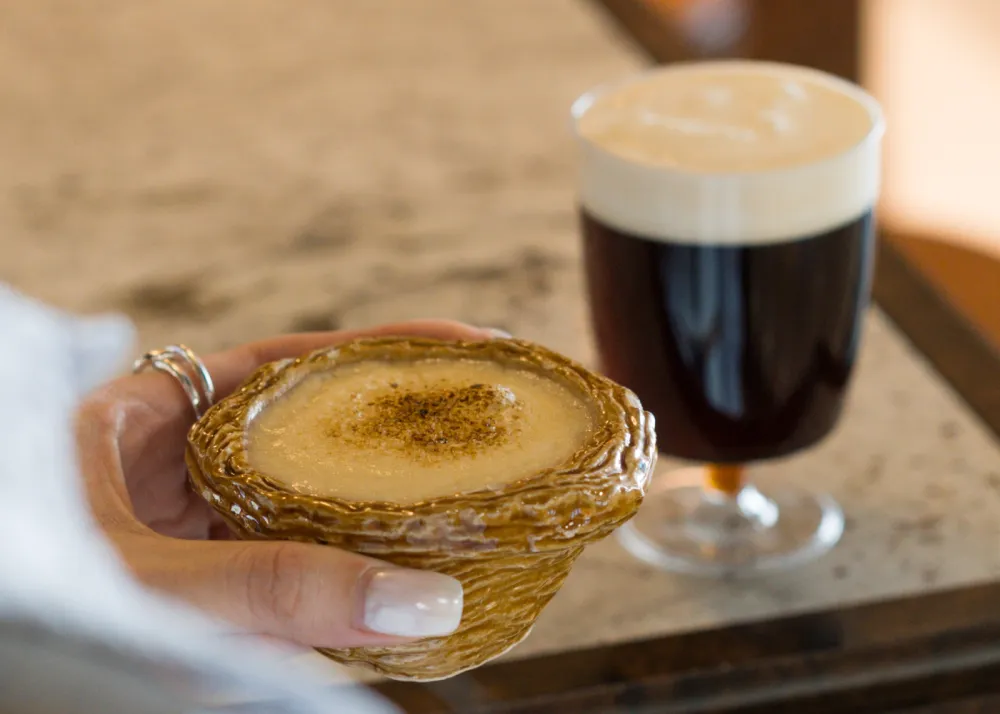Remembering World War 2 With Historical Landmarks in Hong Kong

Amidst the Second World War, tensions between the Empire of Japan and the Allied Nations were growing high, eventually escalating to the Japanese attack on allied bases across Hong Kong Island. Only mere hours after the attack on Pearl Harbour on Dec. 8, 1941, forces of the Empire of Japan led a premeditated descent on various ports – ensuing in a brutal two-week long battle between the Hong Kong Garrison and the invading forces.
More than 80 years later, we find ourselves looking back to remember the rich military history of Hong Kong through its ruins, abandoned bunkers, and pillboxes. These remnants are a reminder of the brave sacrifices made by those who fought on this small island that we are fortunate enough to call “home.”
Gin Drinkers Line & Shing Mun Redoubt

The Gin Drinkers Line was an important line of defence and the first planned point-of-contact between Japanese forces and Hong Kong defenders. On a foggy afternoon on the day of the invasion, Colonel Doi of the 228th Regiment of the Japanese Imperial army looked down at the long 18-kilometre stretch of Gin Drinkers Line from Needle Hill, where he noticed a weak spot at the Shing Mun Redoubt. Not wanting to waste this opportunity, he led an assault against an undermanned company of the Royal Scots defending the position. In an unfortunate turn of events, approximately 40 defenders faced off against 1,500 Japanese troops.
Shing Mun Redoubt is a complex network of underground tunnels that has since been claimed by nature. Many of these tunnels were named after London streets such as Regent Street and Shaftesbury Avenue, and were used to ensure that the Japanese would not be able to navigate the underground system as easily.
How to get there: You can take the Tsuen Wan line to Tsuen Wan station and exit out of exit A1. From there, catch minibus 82 to the Shing Mun Reservoir and make your way up the main road to view the tunnels.
Devil’s Peak

Standing at 222 metres in height overseeing the Lei Yue Mun is the Devil’s Peak. With the Gin Drinker’s Line breached in the first week of the invasion, Commander Christopher Maltby had no choice but to pull back the Hong Kong garrison. On the east side of Hong Kong, the Rajputs and their supporting artillery were to protect the Devil’s Peak Peninsula – but quickly realised that the position was undefendable. They swiftly retreated to the Island through the surrounding straits to take up new positions and play an indispensable role in the battle to come.
Devil’s Peak is a steady beginner-level hike, with panoramic views of Junk Bay, Victoria Harbour, and Kowloon area. Along the path, you can explore the Fortifications of Devil’s Peak, including the Devil’s Peak Redoubt and the Gough Battery.
How to get there: Take the Tsuen Kwan O line to Yau Tong Station, make your way to the Garden of Remembrance Chinese Permanent Cemetery. Continue walking up the hill until you see a posting to direct you up the peak.
Wong Nai Chung Gap

Dec. 19, 1941, remembered as The Battle of Wong Nai Chung Gap, is identified by historians as the most important operation during the whole conflict – suffering the largest sustainment of casualties in a single day. The British had placed the headquarters of their defence at Wong Nai Cheun Gap, a valley that granted access to north, west, south, and eastern routes. After a 15-hour standoff at the nearby Mount Butler, Japanese forces occupied the Wong Nai Chung Gap, surrounding the gap and capturing several key positions. A counterattack was planned and valiantly fought, but the overpowering machine-gun fire from the Japanese sealed their surrender.
The Wong Nai Chung Hike is a beginner hike that spans roughly three kilometres, taking approximately one hour to complete. It is lined with various signs to provide how these positions were utilised in the 1940s.
How to get there: From the Central Square Bus Station, take the 6 or 66 bus to Wong Nai Chung Reservoir Park stop. When you see the gas station on Wong Nai Chung Gap Road, take the stairs up until you reach the Tai Tam Reservoir Road. From there, follow the road upwards and keep your eyes peeled for the entrance to the trail.
Mount Davis Battery & Jubilee Battery

Mount Davis towers 270 metres above sea level and is located on the western hills of Hong Kong Island. During the Battle of Hong Kong, the coastal defence battery on Mount Davis was part of the impressively preserved Western Fire Command. Here, you will find various gun emplacements and battery buildings, including accommodation blocks, magazines, and observations posts.
These batteries would see intense Japanese fire during the Battle for Hong Kong, right before defenders were withdrawn on the day we now know as Black Christmas.
How to get there: The Mount Davis Battery and Jubilee Battery hike begins on Mount Davis Path, walkable from Kennedy Town or by taking minibuses 58, 58A, 43M, or 971. Once you reach Victoria Road, look for a sign that says, “Mount Davis Path” and begin your hike by going up the slope.
Subscribe to The Beat's newsletter to receive compelling, curated content straight to your inbox! You can also create an account with us for free to start bookmarking articles for later reading.















